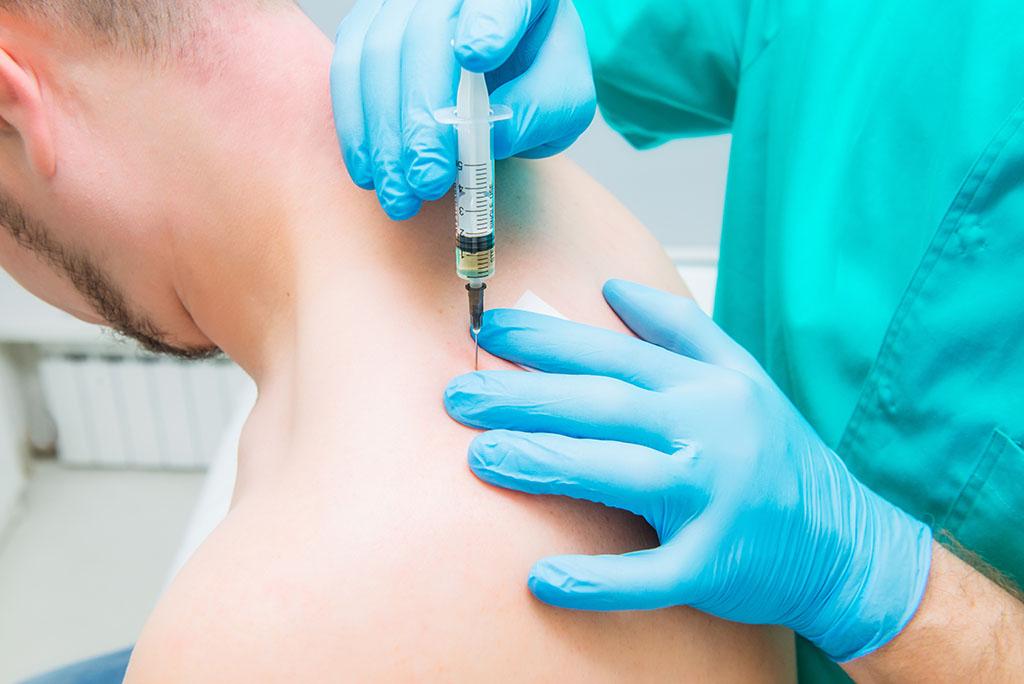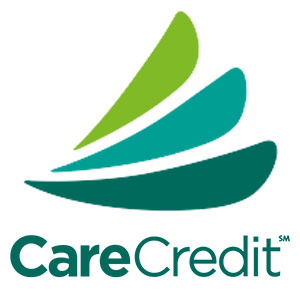The Benefits and Potential Side Effects of Prolotherapy

June 2023
Patients who visit Non-Surgical Orthopaedics often do so after first attempting to cope with acute or chronic pain on their own. If you have ever been in this situation, even temporarily, you know how exhausting and frustrating pain can be.
There have been a host of invasive and non-invasive treatments developed to treat all types of musculoskeletal pain, from the most benign over-the-counter anti-inflammatories to heat and cold therapy to joint replacement surgeries.
As is often the case when treating chronic issues, patients may find temporary relief with one treatment option only to have their pain return weeks or months later. An effective non-invasive treatment plan often includes a degree of trial and error as your orthopaedists search for the best solution to provide long-term relief from your discomfort.
One of the many alternative approaches to managing some types of chronic pain in the field of regenerative medicine is called prolotherapy.
Prolotherapy may seem counterintuitive at first glance because it seeks to illicit a natural body defense mechanism – inflammation – that most people assume is best avoided. While uncontrolled inflammation can be bad, it is also an important part of healing. By controlling and precisely targeting this natural part of healing, your doctors may be able to develop a treatment plan that coaxes your body into self-repair.
However, before embarking on any treatment plan like prolotherapy, it’s important to understand the principles, benefits and potential applications.
What Is Prolotherapy?
Regenerative injection therapy – or prolotherapy – is a special injection intended to stimulate regeneration of damaged tissues via the body’s natural healing capabilities, strengthening weakened or injured connective tissues. Prolotherapy is most commonly administered to treat injuries or damage to joints, tendons and ligaments.
While prolotherapy isn’t a traditional pain management tool like epidural steroid injections, it can be used in pain management treatment plans in that it promotes the growth of new tissues, treating the underlying problem that’s causing chronic or acute pain. The healing of those injuries will naturally alleviate the associated pain.
The solution that’s injected, which is typically a mixture of local anesthetics and natural substances like dextrose (sugar), is fundamentally an irritant with the narrow goal of generating a targeted and precisely controlled inflammation response.
This targeted inflammation prompts the body to initiate the healing process, promoting the growth of new tissue and enhancing the stability and strength of the affected area.
Prolotherapy is a regenerative therapy because it harnesses the body's natural healing abilities via a non-surgical approach. It promotes tissue regeneration and the restoration of joint, tendon or ligament function, which will ideally provide long-term relief and improve the patient’s quality of life.
What are the Benefits of Prolotherapy?
Prolotherapy offers a variety of advantages over traditional pain management approaches, including:
- Non-surgical – Prolotherapy provides a non-invasive alternative to surgery, making it an attractive option for individuals seeking to avoid the risks and potential complications of invasive surgical procedures.
- Natural healing – By stimulating the body's own healing mechanisms, prolotherapy supports natural tissue regeneration and repair. It encourages the growth of new collagen, which strengthens weakened or damaged structures.
- Targeted approach – Prolotherapy injections are administered directly to the site of injury or pain, allowing for precise treatment. This localized approach ensures that the healing process is focused on the specific problem area.
- Versatility – Prolotherapy can be used to treat various musculoskeletal conditions, including osteoarthritis, tendonitis, ligament sprains and joint instability. It is also effective in addressing chronic pain associated with back, neck, knee and shoulder problems.
- Minimal recovery – Unlike surgery, prolotherapy typically requires minimal recovery or downtime. Many patients are able to resume their regular activities soon after the procedure, making it a convenient option for those with busy and active lifestyles.
- Long-term relief – While the results may vary depending on the individual and the condition being treated, prolotherapy has shown promising long-term pain relief.
Patients researching their pain management options, especially those who are open to regenerative medicine therapies, should discuss the option with their orthopaedist or pain management specialist. It is not an ideal treatment method for every person with a condition affecting a joint, tendon or ligament, but it can help bolster the healing process for some patients.
Are There Any Side Effects Involved with Prolotherapy?
While prolotherapy is generally considered a safe and non-invasive procedure, it (like any other medical treatment) carries some potential side effects that may include:
- Pain and discomfort – After the prolotherapy injections, some individuals may experience temporary pain or discomfort at the injection site. This discomfort typically subsides within a few days or weeks as healing progresses.
- Swelling and bruising – Inflammation and swelling can occur at the injection site. This is a normal response to the irritant solution and should resolve within a short period. Some individuals may also notice bruising around the injection site, which is usually temporary and fades over time.
- Allergic reactions – Although rare, allergic reactions to the substances used in prolotherapy injections can occur. Symptoms may include itching, rash, hives or difficulty breathing. It is crucial to inform your healthcare provider of any known allergies or sensitivities before undergoing the procedure.
- Infection – Although strict sterile techniques are followed during prolotherapy, there is a minimal risk of infection at the injection site. It is important to keep the area clean and follow any post-procedure care instructions provided by your healthcare professional.
- Temporary stiffness – Some individuals may experience temporary stiffness or a limited range of motion in the treated area. In addition to naturally fading, the increased strength and stability of the targeted treatment area should result in greater flexibility than was available prior to the injection – especially when combined with prescribed physical therapy and exercises.
Discover Regenerative Treatment Options from Non-Surgical Orthopaedics, P.C.
At Non-Surgical Orthopaedics, we understand that many patients are hesitant to undergo invasive surgical procedures. Our team of board-certified orthopaedic and pain management specialists provide advanced and effective regenerative joint injury treatments to our Georgia patients. Schedule a consultation at one of our offices by calling 770-421-1420.






